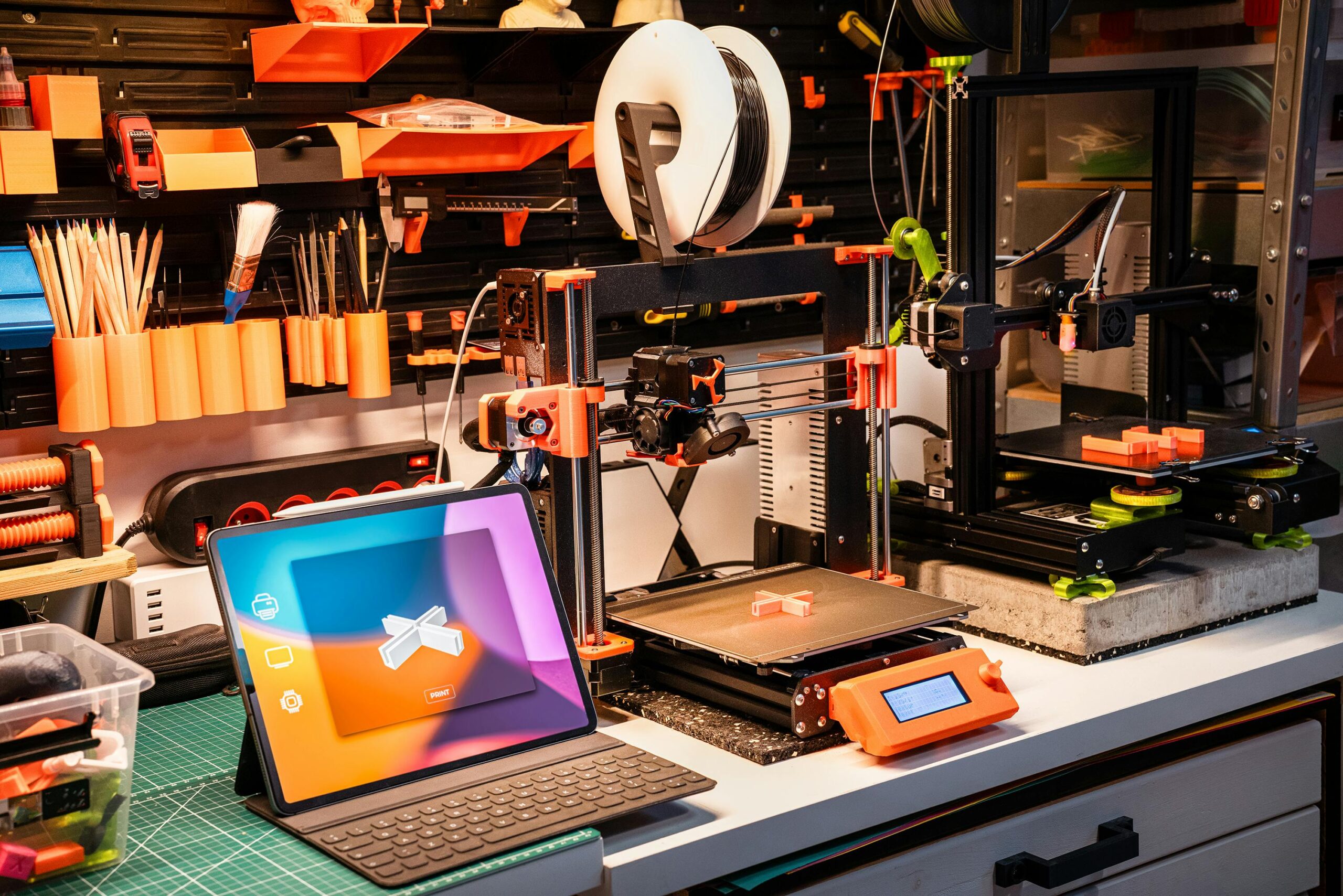When I first started exploring the world of Warhammer, I had no idea how deep the customization rabbit hole could go. Painting miniatures was exciting enough—but once I discovered the possibilities of 3D printing, it felt like I had unlocked a whole new level of hobby freedom. From custom bits and accessories to full terrain builds and proxy models, 3D printing has become one of my favorite tools in my Warhammer arsenal.
If you’ve ever been curious about how 3D printing fits into the Warhammer hobby, let me share what I’ve learned and how it’s changed the way I build, convert, and play.
Why I Got Into 3D Printing
Initially, I was just trying to save a few bucks. I wanted some extra bits to kitbash my units, but official upgrade kits were expensive—and often out of stock. A friend of mine showed me some cool shoulder pads he had printed for his custom Space Marine chapter, and I was immediately hooked.
What started as a curiosity turned into a core part of my hobby routine. Now I use 3D printing for everything from custom weapons and armor to full units for narrative campaigns (where proxies are fair game).
What You Can Print (And What You Shouldn’t)
Let’s be real: 3D printing an entire army of official Games Workshop models is a legal gray area and against their policies. Personally, I steer clear of printing direct replicas of GW’s IP. Instead, I focus on accessories, terrain, and custom parts that add flavor without stepping on any toes.
Here’s what I’ve found works great:
- Custom bases and base toppers
- Unique helmets, weapons, and shoulder pads
- Decorative bits like purity seals, chaos icons, or skulls
- Terrain pieces like ruins, bunkers, and scatter cover
- Proxy units for narrative or homebrew campaigns
Using 3D printed parts helps me bring my army’s story to life. Whether it’s a Chaos Knight with a corrupted faceplate I printed myself or terrain pieces that match my army’s theme, it adds personality to the tabletop.
Getting Started with 3D Printing
If you’re new to 3D printing, don’t worry—it’s not as intimidating as it sounds. I started with a simple resin printer (the Elegoo Mars series is great for miniatures), and I picked up the basics pretty quickly.
Here are a few beginner tips:
- Use STL file repositories like Thingiverse, Cults3D, or MyMiniFactory to find files. Many are free or cost just a few dollars.
- Resin printers offer the detail needed for miniatures, while FDM printers are better for larger terrain pieces.
- Always wash and cure your prints properly for durability and paintability.
- Invest in safety gear, including gloves, a mask, and good ventilation—resin printing can be messy and toxic if handled improperly.
Customizing Your Army on a Budget
Beyond the creative freedom, one of the best parts of 3D printing is the cost savings. After the initial investment, I’ve been able to produce bits and terrain for a fraction of the cost of buying them retail. It’s especially useful for thematic armies—like my Nurgle force, which I’ve enhanced with custom tentacles, rot details, and corrupted icons—all printed at home.
The Future Is DIY
3D printing has completely changed the way I approach the Warhammer hobby. It’s helped me create unique, story-driven armies, save money, and enjoy the thrill of designing and printing my own creations.
If you’re even slightly curious, I say go for it. Whether you want to enhance your existing collection or bring an entirely custom force to the battlefield, 3D printing is a hobby in itself—and one that pairs perfectly with the world of Warhammer.

